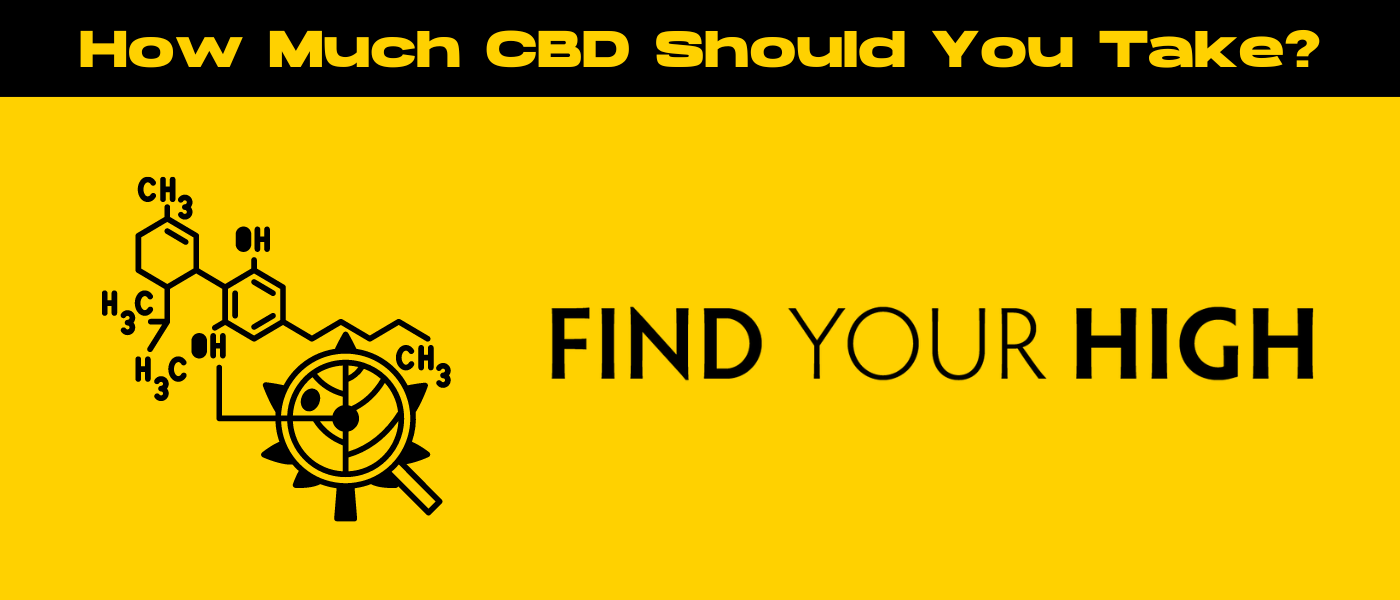How much CBD should a beginner start with?
CBD, short for cannabidiol, has been gaining a lot of attention in recent years, and for good reason. But if you’re wondering how much CBD should a beginning start with, you’re not alone.
As more people are looking for natural ways to manage anxiety, pain, and other ailments, CBD’s popularity has skyrocketed. But for those new to CBD, figuring out where to start can be a bit overwhelming. Choosing the right dosage is crucial to ensure you get the benefits without unwanted side effects.
Whether you’re considering oils, capsules, or edibles, this blog will break down the basics to help you start your CBD experience on the right foot. We’ll cover why dosage matters, how to figure out the best amount to begin with, and some key tips for beginners. Let’s begin!
What is CBD?
CBD, or cannabidiol, is one of over a hundred compounds known as cannabinoids found in the cannabis plant. Unlike its more famous cousin THC (tetrahydrocannabinol), which is known for its psychoactive effects, CBD won’t get you “high.” Instead, it is celebrated for its potential therapeutic benefits, from easing anxiety to alleviating chronic pain.
Originating from the cannabis plant, CBD can be extracted from both marijuana and hemp, with hemp-derived CBD being more widely accepted and legal in many regions. This is because hemp contains low levels of THC, minimizing potential legal and psychoactive concerns.
While the legal status of CBD can vary, many countries and states have legalized its use, especially when derived from industrial hemp. Ensuring you understand the legality of CBD in your locality is essential before starting your journey.
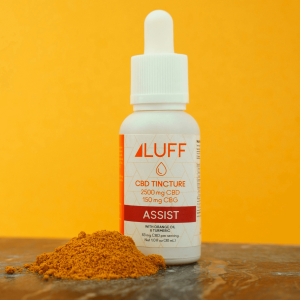
Benefits of CBD
- Pain relief: Many users report significant reductions in pain and inflammation, whether it’s from chronic conditions like arthritis or acute pain from injuries.
- Anxiety and stress reduction: CBD is commonly used to help manage anxiety and stress, with studies showing it can have calming effects on the mind and body.
- Enhancing sleep quality: Struggling with insomnia or restless nights? CBD may help improve your sleep quality by addressing underlying issues such as anxiety or physical discomfort.
- Additional health benefits supported by research: Beyond the common uses, studies have suggested that CBD may help with conditions like epilepsy, neurodegenerative disorders, and even certain forms of cancer, although more research is needed.
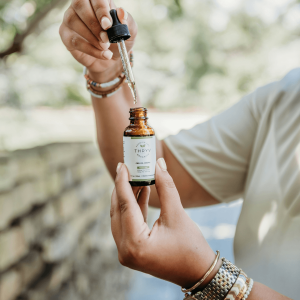
Understanding CBD Dosage
When diving into the world of CBD, you’ll often come across measurements in milligrams (mg) and milliliters (ml). Milligrams refer to the amount of CBD contained in a product, while milliliters measure the volume of liquid products such as CBD oils.
For instance, a bottle might contain 500 mg of CBD in 30 ml of oil. Understanding these units can help you determine how much CBD you’re actually consuming and make it easier to measure your doses accurately.
The Concept of “Starting Low and Going Slow”
A popular approach for beginners is to “start low and go slow.” This means starting with a small dose of CBD and gradually increasing it until you find the right amount that works for you. This method helps you avoid any potential side effects and allows your body to adapt to CBD gradually.
Everyone’s body reacts differently to CBD, so taking it slow is key to finding your perfect dosage.
Individual Tolerance and Body Chemistry
Your body’s unique tolerance and chemistry play a significant role in how CBD affects you. Factors like your endocannabinoid system, metabolic rate, and previous exposure to cannabinoids can influence your experience.
As such, it’s important to remember that what works for someone else might not work for you. Taking time to understand your body’s reactions will help you find the most effective dosage.
Factors Influencing CBD Dosage
Body Weight and Metabolism
Body weight and metabolism are major factors when it comes to CBD dosage. Generally, individuals with higher body weights may require larger doses to experience the same effects as those with lower body weights.
Similarly, your metabolism affects how quickly your body processes CBD. Faster metabolisms may break down and utilize CBD more efficiently, requiring different dosage adjustments.
Severity of Symptoms or Conditions Being Treated
The severity of the symptoms or conditions you’re aiming to treat can also guide your dosage. For instance, someone using CBD for mild anxiety might need a lower dose compared to someone dealing with severe chronic pain. Always consider the intensity of your symptoms when determining your starting point.
Current Medications and Potential Interactions
If you’re currently taking other medications, it’s crucial to consider potential interactions. CBD can interact with certain medications, either enhancing or diminishing their effects.
Consulting with a healthcare professional can provide guidance on adjusting your dosage to avoid any adverse interactions.
The Form of CBD Being Used (Oil, Capsule, Topical, etc.)
CBD products are available in various forms, including oils, capsules, hemp gummies, and topicals, each offering different absorption rates and onset times. For instance, CBD oil taken sublingually (under the tongue) is absorbed rapidly, providing quick relief. On the other hand, capsules and gummies, including hemp gummies, must pass through the digestive system before taking effect, resulting in a delayed onset regardless of body weight. This range of options allows you to choose the most suitable form of CBD for your lifestyle and needs, ensuring you can enjoy the benefits in the most convenient and effective way possible.
The form you choose can influence how much you should start with and how you may need to adjust your doses.
Starting Dosage Recommendations
General Guidelines for Beginners
For those new to pure CBD, it’s generally advised to start with a low dose and gradually increase it. A common starting point is between 5 to 10 mg of CBD per day. Monitor how your body responds and adjust the dosage accordingly over time.
Patience is key here, as finding the optimal dose can take a bit of trial and error.
Recommended Starting Doses Based on Form (Oils, Gummies, Capsules)
- Oils: Begin with 1-2 drops, which typically equals about 5 mg. Hold the oil under your tongue for 30-60 seconds before swallowing to enhance absorption.
- Gummies: Start with half a gummy, which might be around 5-10 mg CBD dose depending on the product’s strength. Allow 1-2 hours to gauge the effects.
- Capsules: Most capsules contain a pre-measured dose (usually between 10-25 mg). It’s best to start with one capsule, observe the effects, and adjust as needed.
How to Adjust Dosage Gradually
Once you’ve started with a low dose, observe how your body reacts over a few days to a week. If you don’t notice the desired effects, gradually increase your dose by small increments, such as 2-5 mg. Continue this process until you find the dose that provides the best relief for your symptoms without causing any adverse effects. Consistent monitoring and adjustments will help you find your ideal dosage.
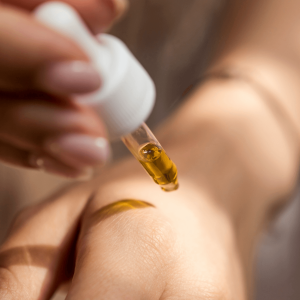
Methods of Consumption
When it comes to consuming broad-spectrum CBD, you have several options to choose from, each with its own set of benefits. Here are some common methods:
- Sublingual (under the tongue) tinctures: Tinctures are liquid extracts that you place under your tongue for quick absorption. This method allows CBD to enter your bloodstream directly through the tissues in your mouth, providing rapid effects.
- Edibles and capsules: These include gummies, capsules, and other ingestible forms. While they take longer to produce effects because they must pass through your digestive system, they offer a convenient and discreet way to consume CBD with long-lasting effects.
- Topicals and transdermals: Topicals are creams, balms, or patches applied directly to the skin. They are great for targeting localised pain or inflammation, as the CBD is absorbed through the skin to provide relief in specific areas.
- Vaping and smoking: These methods involve inhaling CBD through a vaporizer or as smoke. Vaping and smoking offer the fastest onset of effects since the CBD is absorbed directly into your bloodstream via the lungs. However, they come with potential respiratory risks and might not be suitable for everyone.
Measuring Your Dose
Accurately measuring your CBD oil dosage is essential to get the benefits you seek. Start by reading the product’s label to understand the concentration, usually expressed in milligrams of CBD per milliliter of oil.
If your dropper is marked or has measurements, fill it to the desired amount, such as 0.5 ml or 1 ml, to get the appropriate dose. For example, if your oil is 1000 mg per 30 ml bottle, each ml contains roughly 33.3 mg of CBD.
Apps and tools can also help; there are mobile apps designed to track your dosage and effects, ensuring you maintain a consistent routine. By combining these resources, you can measure your CBD accurately and adjust as needed for optimal results.
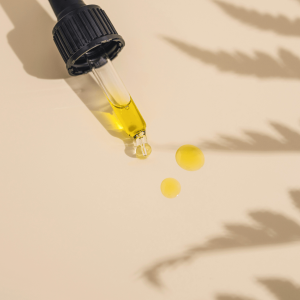
Common Side Effects and How to Manage Them
Like any supplement, CBD can come with its own set of side effects. While these are generally mild and temporary, it’s good to know what to expect and how to handle them. Here are some of the most common side effects:
- Dry mouth: You might feel your mouth getting dryer than usual after taking CBD.
- Drowsiness: Depending on the dose and your body’s reaction, you could feel more tired or drowsy.
- Changes in appetite: CBD can sometimes affect your appetite, either increasing or decreasing it.
Tips for Managing Minor Side Effects
Dealing with these side effects doesn’t have to be a hassle. Here are some simple tips to help you manage them:
- Dry mouth: Keep a water bottle handy and stay hydrated. Sucking on sugar-free candies or chewing gum can also help stimulate saliva production.
- Drowsiness: If you find CBD makes you sleepy, consider taking it in the evening rather than during the day. Adjusting your dose downwards can also make a big difference.
- Changes in appetite: Pay attention to how CBD affects your hunger levels and try to maintain regular, balanced meals. If it suppresses your appetite, schedule small, nutrient-dense snacks throughout the day to keep your energy up.
By being aware of these potential side effects and knowing how to manage them, you can enjoy the benefits of CBD without much inconvenience.
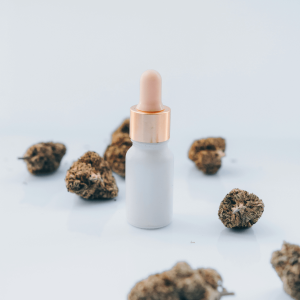
Summary and Final Thoughts
In summary, understanding how to start with CBD involves finding the right type and dosage for your needs. Begin with a small dose, such as a couple of drops of oil, half a gummy, or one capsule, and gradually increase it while monitoring your body’s reactions.
Various consumption methods, including sublingual tinctures, edibles, topicals, and vaping, each offer unique benefits that suit different preferences and needs. Keep an eye on potential side effects like dry mouth, drowsiness, and appetite changes, and use simple strategies to manage them.
By starting your CBD journey mindfully and making adjustments as necessary, you can find an optimal routine that helps you reap the benefits without discomfort.
Frequently Asked Questions
1. How much CBD is good for the first time?
When you’re first starting with CBD, it’s best to keep things simple and start with a low dose. Generally, a starting dose of 5-10 mg is a good range. This allows you to see how your body reacts to CBD without overwhelming your system. Take this dose consistently for a few days to a week and monitor any effects you notice. If needed, you can gradually increase your dose in small increments.
2. Is 10 mg of CBD too much for a beginner?
For most beginners, 10 mg of CBD is not too much. It’s actually considered a reasonable starting point for many new users. However, everyone’s body chemistry is different, so it’s important to pay attention to how you feel and adjust accordingly. If 10 mg seems too much for you, try lowering your dose to 5 mg and gradually work your way up.
3. What form of CBD is best for beginners?
Beginners might find sublingual (under the tongue) tinctures to be the most accessible method. Tinctures allow for easy dose adjustments and provide relatively quick effects. Gummies and capsules are also great for beginners because they offer pre-measured doses, making it easier to keep track of your intake. Topicals can be a good option if you’re looking to address localized pain or skin issues without ingesting CBD.
4. Can you feel CBD the first time?
Many people do feel the effects of CBD the first time they take it, but it can vary based on the individual and the dosage. You might notice a sense of calm or relaxation, relief from minor discomfort, or other subtle effects. However, some people may need a few doses before they experience any noticeable changes. Remember to be patient and give your body time to respond to the CBD.

 Rewards
Rewards



